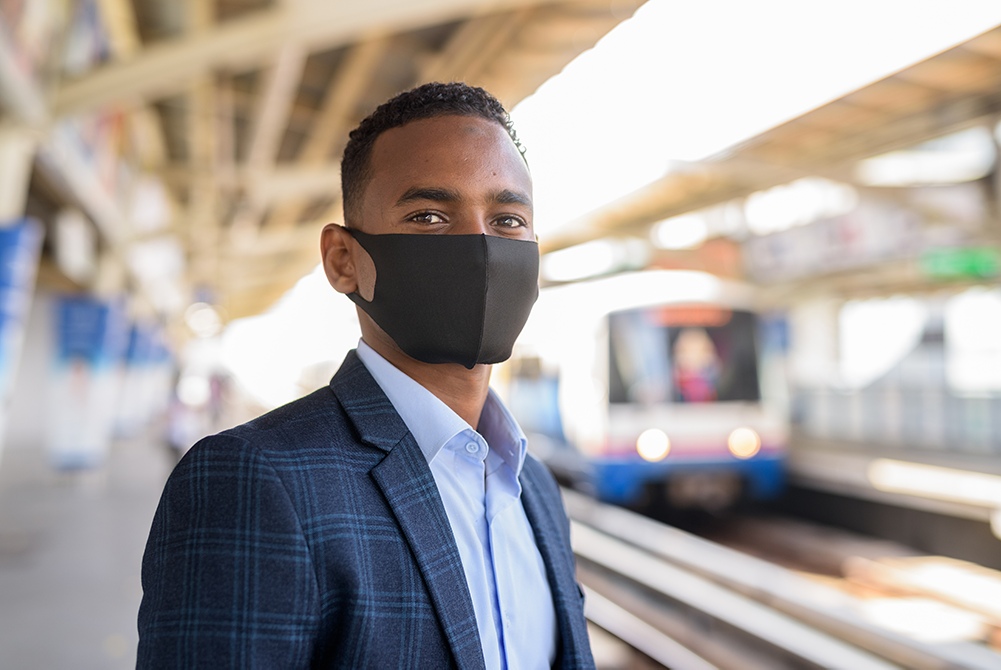Is Train Travel
Getting Back on Track?
Most people are aware of the challenges that the pandemic has posed for operators and customers of U.S. airlines, which moved 927 million passengers in 2019. How about train travel, which 32.5 million passengers – more than the population of Texas – chose during the 2019 fiscal year? As national railroad service Amtrak begins to […]
